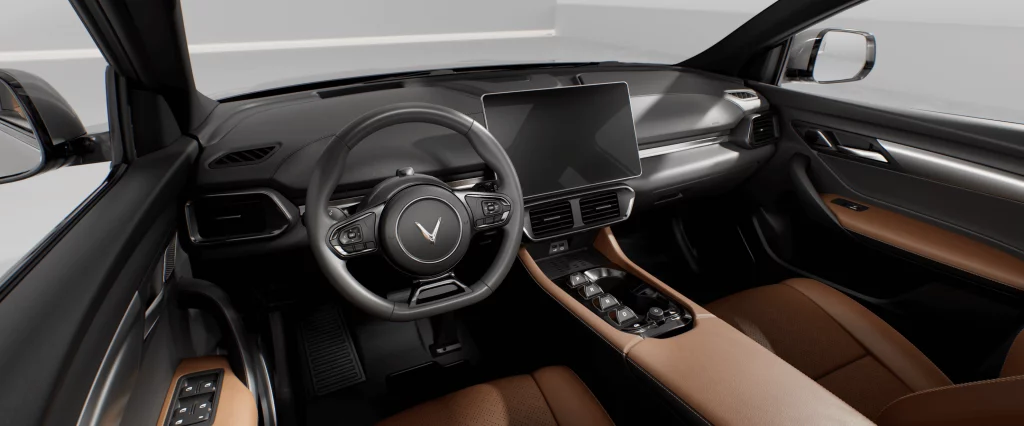EVs Have More Room, Here’s Why

In comparison to larger gas-powered vehicles, electric vehicles may appear to be small toys from the outside. Don’t be fooled by someone’s size, even if they appear small on the exterior and fit better in smaller parking spaces: In reality, electric vehicles (EVs) cram a maximum amount of space into a minimal amount of space.

Because EVs have fewer moving parts than their gas-powered equivalents, they have more room than their gas-powered competitors. Additionally, many vehicle components are now smaller as a result of design and technological advancements, giving EVs greater space for both passengers and freight.
It’s not just the ICE engine itself is taking more space, but the whole Automotive Drivetrain No engine equals more room
Engines, gas tanks, multi-speed gearboxes, exhaust systems, catalytic converters, and other substantial components have long been a feature of gas-powered vehicles.
However, EVs just don’t require all those big parts.
- They don’t need a catalytic converter or an exhaust system because they don’t burn fuel.
- An EV does not require a grille because it does not have a radiator.
- Additionally, the motors in electric vehicles only have one speed, which negates the need for a transmission or gearbox.
- Smaller components including spark plugs, a timing belt, and fuel injectors are also absent.
The fact that EVs run on a modest electric motor and rechargeable battery rather than a powerful engine is the single most crucial factor in their spacious interiors. This implies that the general design of the EV can be altered to provide much more space for the driver and passengers in addition to improving performance.

All the areas of the cabin may be made larger without the enormous gas engine taking up so much room underneath. This implies that front seats in an EV can be positioned more forward than in a gas vehicle. Rear seat passengers can stretch out with additional legroom as they move up.
The interior floor ‘Hump’ is where?
With EVs, the benefit of more internal room merely continues increasing. The middle floor tunnel hump found in gas cars can be removed from EVs for increased rear seat legroom since they don’t require a gearbox, differential, or exhaust system.
While some EVs do use a smaller version of that tunnel to store batteries, storage compartments, or other features, many EVs remove it entirely.

However, when that tunnel is gone, the interior of an EV appears to have more space. For example, rear passengers don’t have to lift their knees to enter into the back seat, and common objects like grocery bags or backpacks can fit into the back floor area with less difficulty.
Thanks to the ideal characteristics of the vehicle structure, the space on the VF8 and VF9 vehicles is extremely spacious and convenient. These are two car lines that are extremely suitable for large families. Especially the VF9, this is the EV in the electric vehicle segment with the largest size to date.
Bạn cần đăng nhập để tương tác với nội dung này: Đăng nhập.


